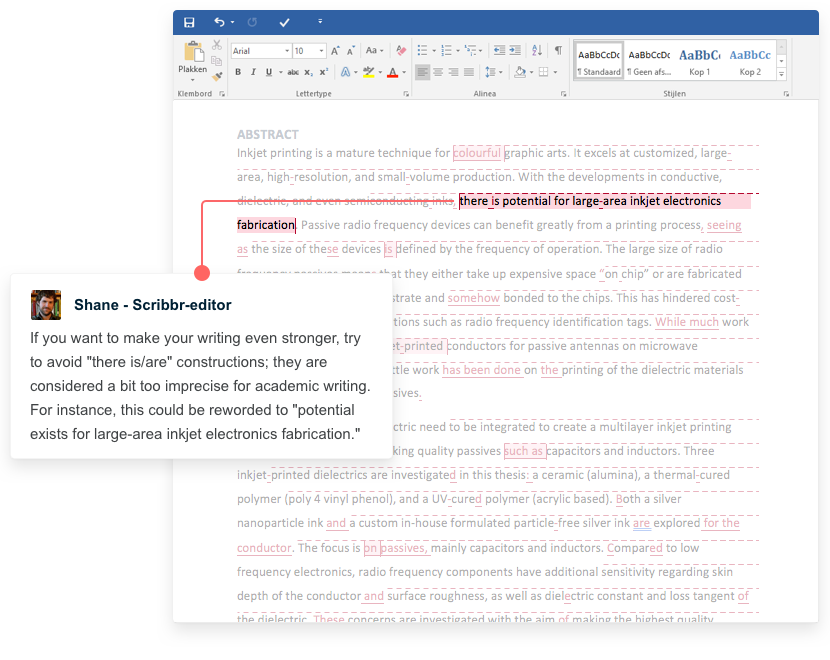When to Use Hyphens (-) in a Sentence | Rules & Examples
Hyphens have many functions, but their main role is to link words (or parts of words). They most commonly appear with compound adjectives, phrasal verbs being used as nouns, and after some prefixes.
Compound adjectives
Compound adjectives (or compound modifiers) consist of two words that work together to modify a noun. When this compound adjective comes before a noun, it needs a hyphen.
Example: compound adjective comes before a noun
The VP for development, who is currently a well-respected economist, oversees the London-based company’s fast-paced expansion.
However, when a compound adjective comes after a noun, it usually does not need a hyphen.
Example: compound adjective comes after a noun
The VP is well respected and her area of responsibility is fast paced.
Also note that compound adjectives that contain an adverb that ends in “ly” are not hyphenated. (Adverbs modify adjectives, verbs, and other adverbs and often answer the question “How?”)
Example: compound adjectives that contain an adverb that ends in “ly”
The company’s highly paid managers are responsible for running largely diverse teams.
Phrasal verbs used as nouns
Phrasal verbs don’t normally require hyphens. However, when they are used as nouns, they either take a hyphen or are combined into a single word. If you’re not sure whether a hyphen is necessary, consult a dictionary.
| Phrasal verb | Used as noun |
|---|---|
| She heard someone trying to break in. | There was a break-in last night. |
| The supervisor told him to go ahead with the experiment. | We got the go-ahead on the project. |
| The project will start up tomorrow. | The startup has nine employees. |
| The government bailed out the bank. | The bailout was very controversial. |
After prefixes
Few fixed rules exist about whether hyphens should be used to connect prefixes (such as un, pre, and multi). Practices also vary over time; as a term becomes more common, the hyphen usually disappears (such as e-mail, which has gradually turned into email). If in doubt, use a dictionary.
Also bear in mind that prefixes are more frequently hyphenated in British English (e.g., sub-section) than in American English (e.g., subsection).
One firm guideline is to always hyphenate prefixes that come before a capital letter, numeral, or date.
| The anti-UN faction was very vocal during the mid-March 1970 discussions. | An un-Christian attitude was uncommon. |
| The sculpture is pre-16th century. | Inter-African cooperation is growing. |
| The events all occurred post-Gulf War. | Presidents are often in their mid-50s. |
Pay careful attention to meaning!
Sometimes the absence of a hyphen makes it unclear what you are trying to say.
| Possible interpretation | Clearer option | |
|---|---|---|
| Five year old girls | Girls who are five years old. Five girls who are one year old. |
Five-year-old girls Five year-old girls |
In addition, sometimes a phrase means something completely different when a hyphen is added.
| Meaning | |
|---|---|
| Long standing tradition | A tradition of standing for a long time. Ex: The Quaker religion has a long standing tradition in its worship services. |
| Long-standing tradition | A tradition that has existed a long time. Ex: Lighting candles is a long-standing tradition. |
| Meaning | |
|---|---|
| Recovered book | A book that one has gotten back. Ex: The library recovered the book from its patron. |
| Re-covered book | A book that has a new cover on it. Ex: The librarian re-covered the damaged book. |
Further tips
Hyphens are tricky, even for experienced writers. In addition to the above, keep the following tips in mind:
- Be consistent in how you hyphenate related items. For instance, if you refer to sub-chapters, you should also refer to sub-sections and sub-questions. (The alternative: subchapters, subsections, and subquestions.)
- Follow standard usage rules as much as you can, paying particular attention to what most often appears in your secondary literature. And don’t be afraid to look things up if you are unsure!
- Avoid overdoing it. Most styles (including APA) say that hyphens should only be used when they are truly needed.
- Don’t get hyphens confused with their longer relative, the dash.
- If you are unsure about the use of hyphens, consider using a professional proofreading service.
Sources in this article
We strongly encourage students to use sources in their work. You can cite our article (APA Style) or take a deep dive into the articles below.
This Scribbr articleVinz, S. (September 1, 2022). When to Use Hyphens (-) in a Sentence | Rules & Examples. Scribbr. Retrieved October 17, 2022, from https://www.scribbr.com/language-rules/hyphens/
